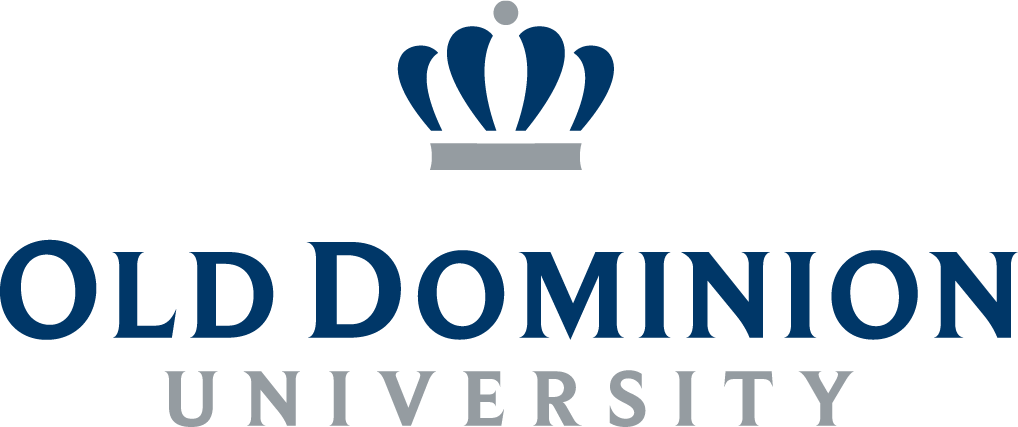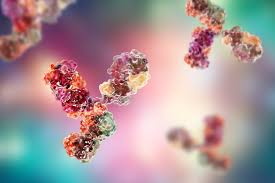Find me a -mab!
For this assignment, I conducted research and analysis on Muromonab-CD3, which is recognized as the first monoclonal antibody approved for clinical application in humans. This medication, also referred to as Orthoclone OKT3, represented a significant advancement in the field of transplant immunology, primarily utilized to manage acute rejection episodes in organ transplant recipients. Through this endeavor, I acquired a more profound understanding of the engineering of monoclonal antibodies to specifically target immune components—in this instance, the CD3 complex found on T lymphocytes. By attaching to CD3, Muromonab-CD3 inhibits T-cell activation and promotes their depletion, ultimately reducing the immune response directed against transplanted organs. Additionally, I investigated the antibody’s structure, gaining insights into its murine (mouse-derived) origin and its classification as an IgG2a antibody. The creation of a sketch depicting its structure reinforced my understanding of the different antibody regions (Fab vs. Fc) and their functional significance. Moreover, this assignment shed light on the challenges linked to monoclonal antibody therapy, including cytokine release syndrome (CRS), susceptibility to infections, and the emergence of human anti-mouse antibodies (HAMA). These risks underscored the necessity for premedication and vigilant patient monitoring throughout the treatment process. Ultimately, my exploration of the historical and clinical importance of Muromonab-CD3 enabled me to recognize its contribution to the development of newer, more sophisticated monoclonal therapies. This project not only enhanced my comprehension of therapeutic immunology but also highlighted the ongoing advancement of biomedical innovations.

